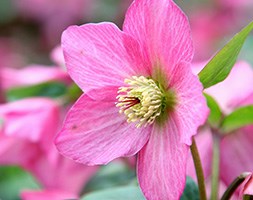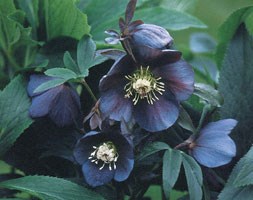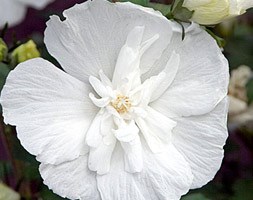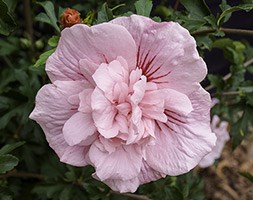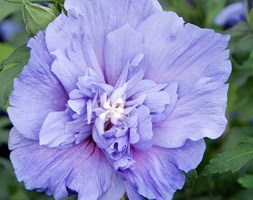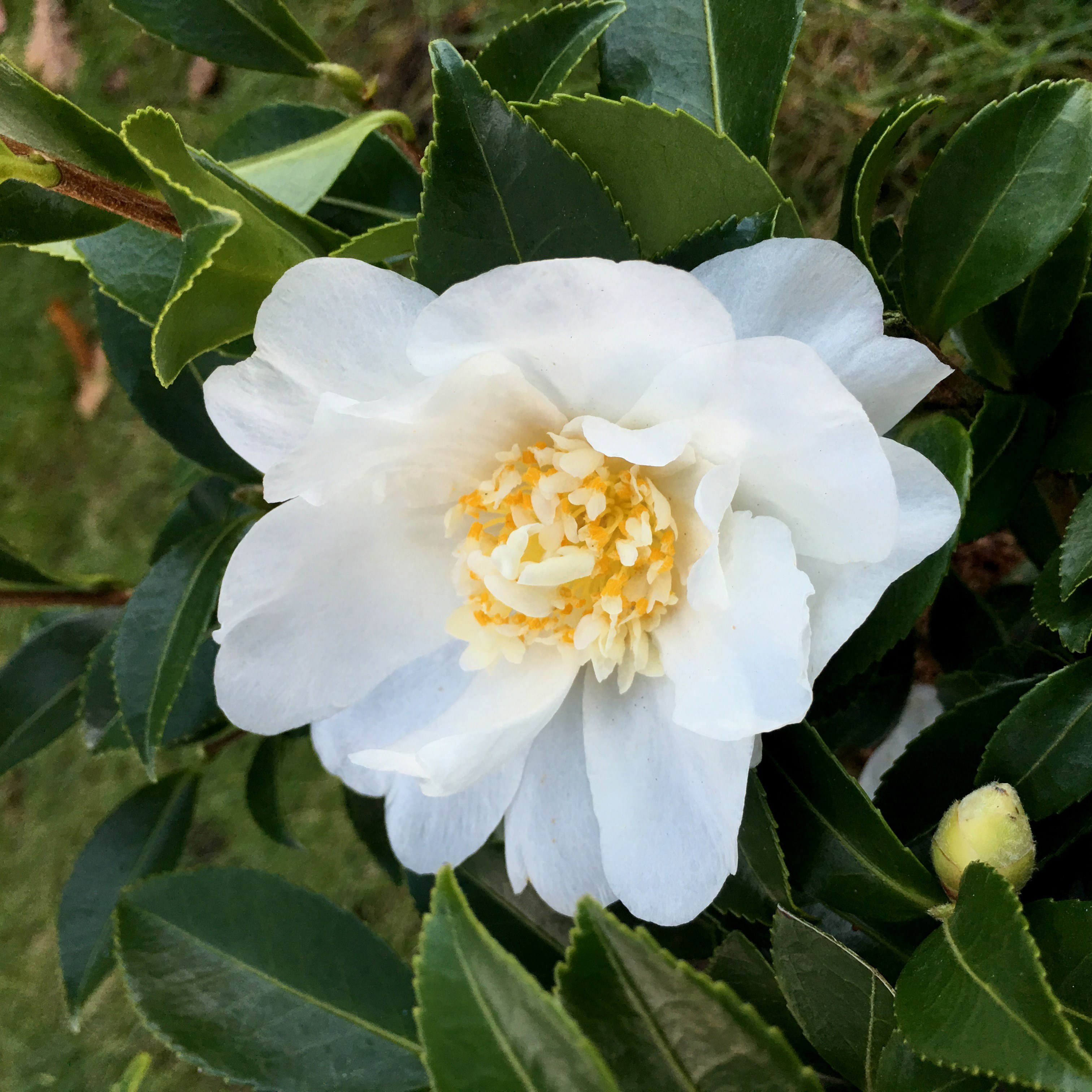Price reductions at Crocus
by Sarah - January 23rd, 2016.Filed under: Crocus, Price Reductions.
Crocus has cut the price of these products
Helleborus x hybridus ‘Pink Lady’ (lenten rose / hellebore) was £3.49 now £2.79
Position: partial shade Soil: heavy, neutral to alkaline soil Rate of growth: average Flowering period: February to April Hardiness: fully hardy (borderline) Perfectly suited to the woodland floor, where it will offer seasonal diversity when used in conjunction with hostas and ferns, the pendent or outward-facing flowers of this hybrid Lenten rose are a very pretty shade of pink. Garden care: Add lots of well-rotted leaf mould or organic matter to the planting hole. Cut the old leaves back down to the ground in January or February as this will show off the new emerging flowers to best effect. It will also help to get rid of foliar diseases such as Hellebore leaf spot. Apply a generous 5-7cm (2-3in) mulch of well-rotted organic matter around the base of the plant in autumn and provide a top-dressing of general fertiliser each spring. Cut off the seed heads to prevent inferior seedlings colonising.
Helleborus x hybridus ‘Red Lady’ (Lady Series) (lenten rose / hellebore) was £3.49 now £2.79
Position: partial shade Soil: fertile, neutral to alkaline soil Rate of growth: average Flowering period: February to April Hardiness: fully hardy In late winter, upright stems bearing up to five, single red flowers, appear above the evergreen foliage, creating interest in the garden at a time when most plants are completely dormant. The coarsely toothed, lustrous foliage will slowly spread to form open clumps, making it ideal groundcover in woodland gardens or naturalised planting schemes. They will tolerate some direct sun as long as the soil is reliably moist. Garden care: Add lots of well-rotted leaf mould or organic matter to the planting hole. Cut the old leaves back down to the ground in January or February as this will show off the new emerging flowers to best effect. It will also help to get rid of foliar diseases such as Hellebore leaf spot. Apply a generous 5-7cm (2-3in) mulch of well-rotted organic matter around the base of the plant in autumn and provide a top-dressing of general fertiliser each spring. Cut off the seed heads to prevent inferior seedlings colonising.
Helleborus x hybridus ‘Metallic Lady’ (lenten rose / hellebore) was £3.49 now £2.79
Position: partial shade Soil: heavy, neutral to alkaline soil Rate of growth: average Flowering period: February to April Hardiness: fully hardy (borderline) Dark purple-blue petals with a soft metallic sheen are accentuated by the boss of golden stamens that they surround. Long after these beautiful, brooding flowers have faded, the deeply lobed, dark green leaves will continue to provide structural interest. Garden care: Add lots of well-rotted leaf mould or organic matter to the planting hole. Cut the old leaves back down to the ground in January or February as this will show off the new emerging flowers to best effect. It will also help to get rid of foliar diseases such as Hellebore leaf spot. Apply a generous 5-7cm (2-3in) mulch of well-rotted organic matter around the base of the plant in autumn and provide a top-dressing of general fertiliser each spring. Cut off the seed heads to prevent inferior seedlings colonising.
Hibiscus syriacus ‘Oiseau Bleu’ (tree hollyhock (syn. Blue Bird )) was £7.49 now £5.99
Position: full sun Soil: humus-rich, moist but well-drained, neutral to slightly alkaline soil Rate of growth: average to fast-growing Flowering period: August to October Hardiness: fully hardy A late flowering shrub that comes into its own when others are looking tired, th is has large, trumpet-shaped, bright blue flowers 8cm (3in) across with red cent res from late summer to mid-autumn. The leaves are pretty too, three lobed, dar k green and very distinctive. This deciduous shrub has an exotic feel to it, bu t is just at home in a herbaceous border as it is in a tropical-style garden. I t is best planted in a sunny spot as it does need a long, hot summer to flower w ell. It has one limitation – the new foliage doesn’t appear until late spring. Garden care: To encourage a bushy habit prune young plants hard in late spring. After pruning apply a generous 5-7cm mulch of well-rotted gard en compost or manure around the base of the plant. Little or no pruning is need ed when established except to remove dead or diseased branches in late winter or early spring. In colder areas, shrubs might need a winter mulch.
Hibiscus syriacus ‘Woodbridge’ (tree hollyhock) was £7.49 now £5.99
Position: full sun Soil: humus-rich, moist but well-drained, neutral to slightly alkaline soil Rate of growth: average to fast-growing Flowering period: August to October Hardiness: fully hardy A late flowering shrub that comes into its own when others are looking tired, th is has large, trumpet-shaped, deep pink flowers 8cm (3in) across with red cent res from late summer to mid-autumn. The leaves are pretty too, three lobed, dar k green and very distinctive. This deciduous shrub has an exotic feel to it, bu t is just at home in a herbaceous border as it is in a tropical-style garden. I t is best planted in a sunny spot as it does need a long, hot summer to flower w ell. It has one limitation – the new foliage doesn’t appear until late spring. Garden care: To encourage a bushy habit prune young plants hard in late spring. After pruning apply a generous 5-7cm mulch of well-rotted gard en compost or manure around the base of the plant. Little or no pruning is need ed when established except to remove dead or diseased branches in late winter or early spring. In colder areas, shrubs might need a winter mulch.
Hibiscus syriacus White Chiffon = ‘Nowoodtwo’ (PBR) (tree hollyhock) was £8.99 now £7.19
Position: full sun Soil: humus-rich, moist but well-drained, neutral to slightly alkaline soil Rate of growth: average to fast-growing Flowering period: August to October Hardiness: fully hardy Large, single, white mallow-like flowers up to 12cm across with a lacy centre from August to October. This tree hollyhock is ideal towards the back of a sheltered, sunny border. Vigorous and easy-to-grow, it’s one of the best varieties for cooler areas of the country, since the petals stand up well to wind and rain. Garden care: To encourage a bushy habit prune young plants hard in late spring. After pruning apply a generous 5-7cm mulch of well-rotted garden compost or manure around the base of the plant. Once established it requires little if any regular pruning.
Hibiscus syriacus ‘Pink Chiffon = ‘Jwnfour’ (PBR)’ (tree hollyhock) was £8.99 now £7.19
Position: full sun Soil: humus-rich, moist but well-drained, neutral to slightly alkaline soil Rate of growth: average to fast-growing Flowering period: August to October Hardiness: fully hardy Tough, tolerant and easy to grow, this hardy hibiscus is a treat from late summer to mid-autumn, when its branches are laden with large pink flowers. Each of these is made up with a collar of rounded petals that are finely laced with darker pink veining, and at their centre is a cluster of smaller petals that create an attractive ruffled effect. It’s a great deciduous shrub that will help prolong the season of interest. Garden care: To encourage a bushy habit prune young plants hard in late spring. After pruning apply a generous 5-7cm mulch of well-rotted garden compost or manure around the base of the plant. Once established it requires little if any regular pruning.
Hibiscus syriacus Blue Chiffon = ‘Nowood3’ (PBR) (Tree hollyhock) was £8.99 now £7.19
Position: full sun Soil: humus-rich, moist but well-drained, neutral to slightly alkaline soil Rate of growth: average to fast-growing Flowering period: August to October Hardiness: fully hardy Large, double, blue flowers with a neat swirl of smaller petals in the centre appear from August to October. This is an award winning tree hollyhock that makes an excellent specimen plant for a sheltered, sunny border. Unlike some of the older, double varieties it stands up particularly well to wind and rain. Garden care: To encourage a bushy habit prune young plants hard in late spring. After pruning apply a generous 5-7cm mulch of well-rotted garden compost or manure around the base of the plant. Once established it requires little if any regular pruning.
Camellia sasanqua ‘Winter’s Snowman’ (camellia) was £9.99 now £7.99
Position: partial shade (but not east-facing) Soil: moist but well-drained, humus-rich, acid soil (or ericaceous compost for container-grown specimens) Rate of growth: average Flowering period: October to December Hardiness: fully hardy An early flowering camellia, that will produce either semi-double or anemone-form flowers (and sometimes both on the same plant), in autumn and into winter. A useful and decorative evergreen, it has an upright habit that makes it useful for smaller gardens, and as it does not get too big it can be grown in a large pot, provided you make sure it is kept well fed and watered – very handy if your soil is not naturally acidic. Garden care: To prevent damage to the emerging buds and flowers protect from cold, dry winds and early morning sun. Water established plants in dry weather to prevent bud drop. Apply a balanced liquid fertiliser in mid-spring and again in June. Top-dress annually with shredded bark or well-rotted leaf mould. After flowering, lightly trim or prune any branches that spoil the appearance of the plant.







